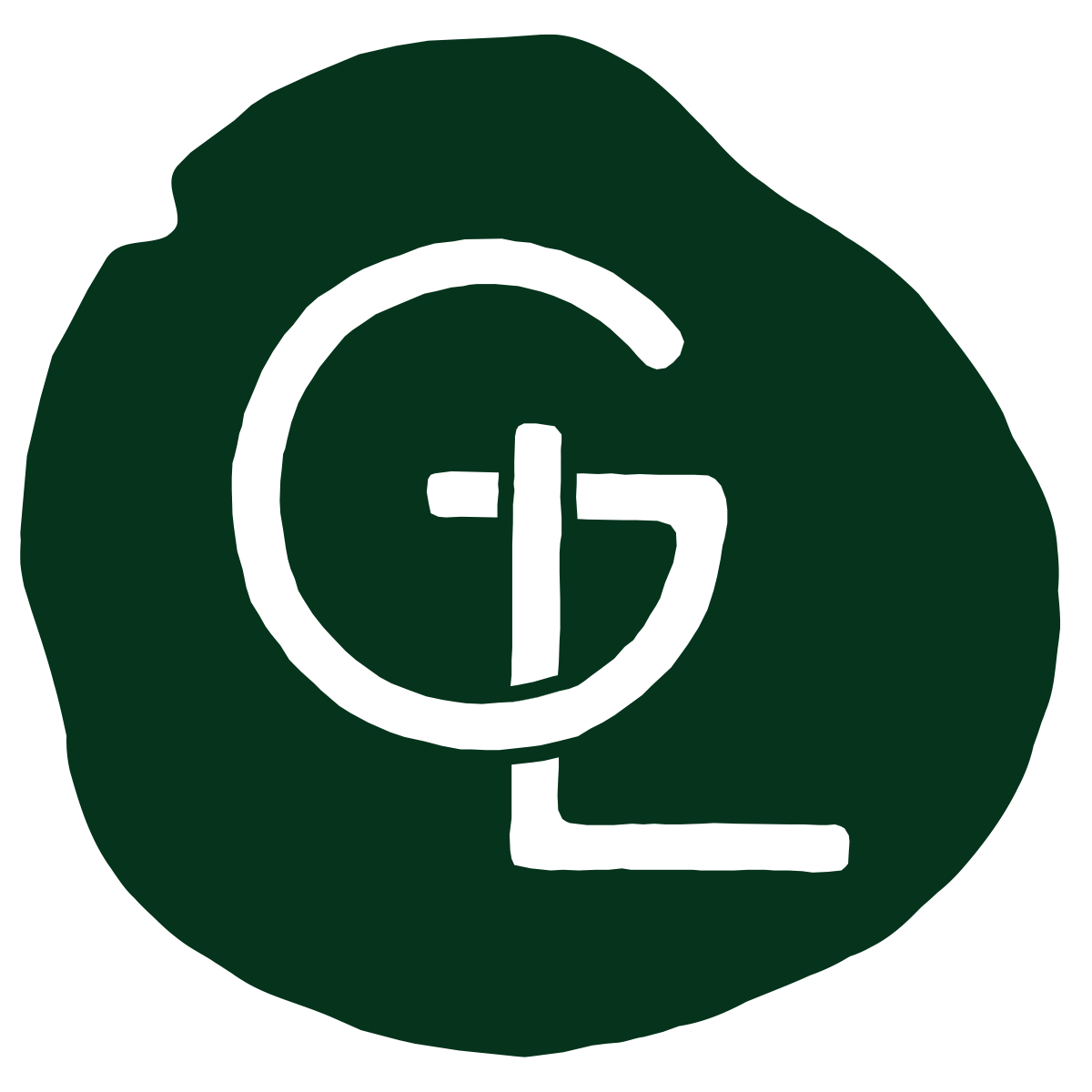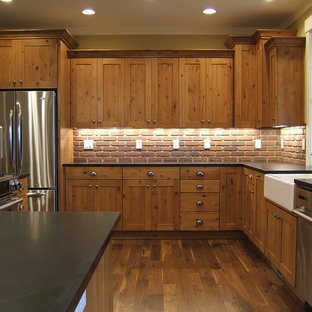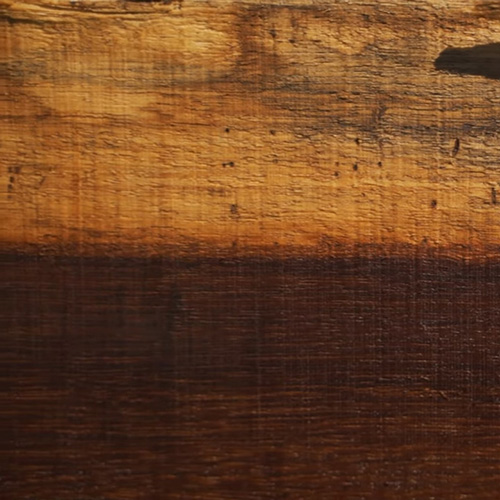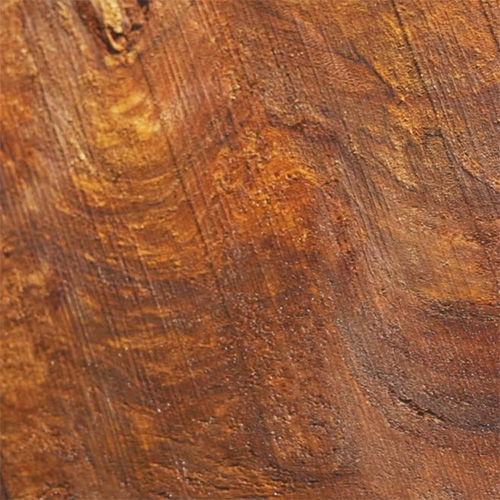Zebreli
[Julbernardia pellegriniana]
A large, dominant species found in dense Western African rainforests, Zebreli flourishes from Cameroon to the Democratic Republic of Congo. Sometimes referred to as “Beli” or “Awoura,” Zebreli trees grow between 65 and 100 feet tall and 3 to 5 feet in diameter.
Like most big trees in the West African ecology, the locals believe that Zebreli trees have a spirit, with some trees even home to many spirits. Further, African cultures also believe that when the appearance of a tree is changed – for example, into a drum, boat, or some other product – the spirit of the tree has a voice that has to be carefully preserved. So drum makers work carefully to retain the Zebreli tree’s “voice” in the sound of the instrument, and boat makers work to keep the spirit of the tree in the wood to protect boatman against drowning. Even more, local peoples believe trees together in a forest have a collective spirit — powerful enough to be revered as a god.
And yet, despite how highly regarded Zebreli trees are, they also possess vast practical value. A fairly durable, hard, medium-heavy wood, the species has many utilitarian applications. But because of its strikingly similar appearance to Zebrawood – at a much more economical price – Zebreli is a popular species for aesthetic designs as well.
And for eye-pleasing reasons — Zebreli is a beautiful wood. Its highly-veined, light brown heartwood is commonly distinguished by alternating darker stripes throughout that give it its Zebrawood like appearance, especially in quartersawn sections. Alternatively, the sapwood is a pale yellow – clearly demarcated from the heartwood – that lacks the darker stripes. The grain of Zebreli can be straight but is usually interlocked, with a uniform medium texture.
Combining all its fine attributes – durability, workability, and appearance – it’s easy to see why Zebreli is popular choice for a wide spectrum of products, ranging from high-end applications like Wood Veneer Sheets, Custom Plywood, cabinetry, high-end furniture, flooring, and interior millwork to more practical uses such as beams, joists, heavy framework, truck bodies/flooring, and container bottoms.
Species Distribution:
Africa
Central Africa
Cameroon
Gabon
Democratic Republic of Congo
Common / Alternative Names:
Beli
Awoura
Ekop-Beli
Erop-beli
Janka Hardness:
1,480 lbf
Sustainability Status:
CITES Appendices: Not listed
IUCN Red List of Threatened Species: Not listed








